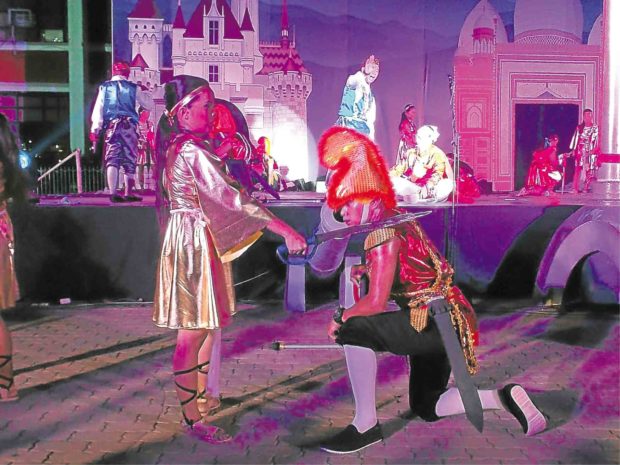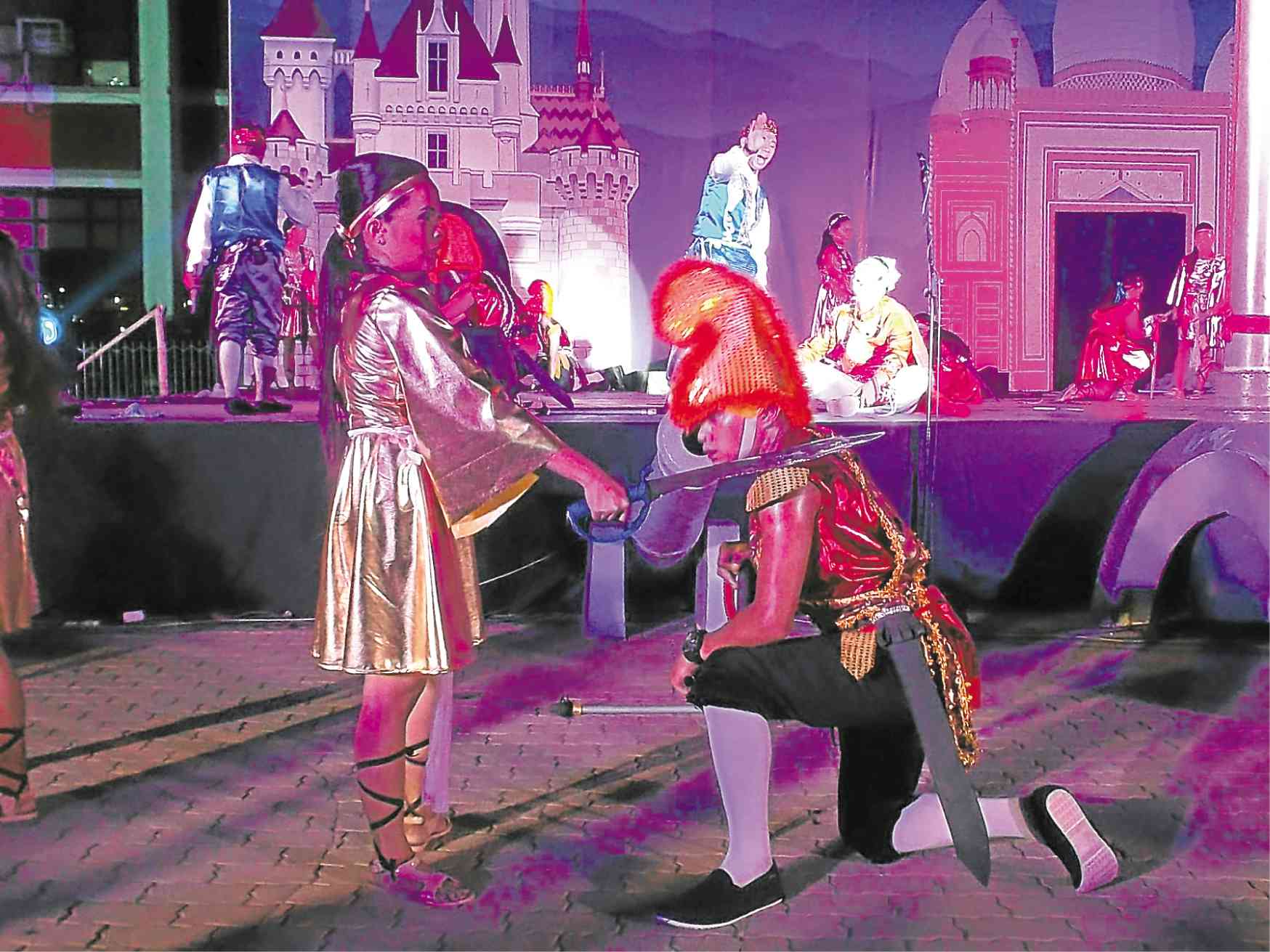
The first komedya (popularly but inaccurately known as moro-moro) was staged by the conquistadores in 1598 in Cebu, and it was in the Spanish language.
A few years later came another presentation, and it was in Samar in the Waray language. Later came a clutch of komedyas in Tagalog and other indigenous languages, entailing conflicts between Christians and Moros, with the latter usually defeated.
The Spaniards found this kind of advocacy useful in spreading, preserving and defending the faith, with Moro pirates threatening the Visayan provinces and Catholic churches serving as watch towers to warn against these raids. Christians who were captured, including women and children, were made slaves of the Muslim.
Thus the komedya flourished during Spanish times, although the themes were not exclusively about warfare.
The art form reached its peak in the 19th century until it was replaced, on the theater front, by the sarswela, the Filipino musical borrowed from the Spanish zarzuela.
Later in the 20th century, the komedya was revived, becoming more politically correct. Moros were no longer depicted as villains; like the Christians they were brave. There was war, of course, between the two opposing sides but peace was always attained. And the women were as fearless and as tough as the men. No damsels in distress here—they fought duels with the men and sometimes defeated them in combat.
The komedya is a tribute to womanpower.
Another step forward in popularizing the traditional art form was achieved with the recent Pista ng Komedya 2019 in San Jose de Buenavista, Antique. It was produced by the provincial government headed by Gov. Rhodora Cadiao in partnership with the National Commission for Culture and the Arts whose chair, National Artist for Literature Virgilio S. Almario, was present, and he gave a brief history of the komedya.
So we had tales of noble kings, dashing princes and feisty princesses who were also warriors. The art form demands stylized movements, martial music (drums, trumpets, trombones, clarinets), dexterity in the wielding of swords and other bladed weapons, stentorian, declamatory dialogue, and fleet-footed choreography. Also battles, duels and torneos (tournaments). All done with flourish and style.
The six performing groups
—four of them from host Antique—were Komedya de Baler (from Baler, Aurora), Komedya de San Dionisio (from Parañaque City), Komedya ng Barbaza (Tibiao, Antique), Komedya ng Madrangca (San Jose de Buenavista), Komedya ng Guinbang-an (Laua-an, Antique), and Komedya ng Tigunhao-Iraynon Bukidnon Group (Laua-an).
The Komedya de San Dionisio uses real bladed weapons in their presentations. “When one is wounded, he or she becomes more brave,” declared the director. Their showcase was “Sa Ngalan ng Pag-ibig (In the Name of Love),” in which a Romeo-and-Juliet love angle brings peace to the warring kingdoms.
In “Prinsipe Rodante” (Komedya de San Dionisio) the villain is a Christian, Prince Alvaro. But he repents and his mother the Queen saves him from being beheaded.
Another notable production was the climatic “Ludovico,” an excerpt actually, which featured spectacular battles on and off the stage. King Salem fails to conquer the Christians; a Christian princess even subdues a Muslim warrior in a duel. But Salem accepts defeat gracefully, and so all ends well in the captivating world of the komedya.
“Interest in the komedya may wax and wane but it will never die,” said komedya scholar Ma. Cecilia Nava. “It brings out the best in everyone.” —CONTRIBUTED









































